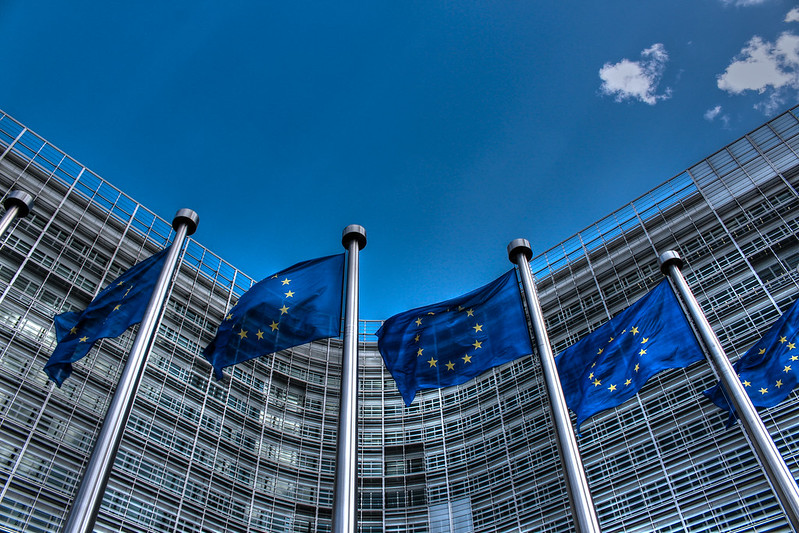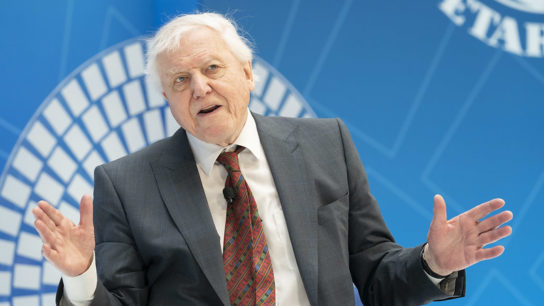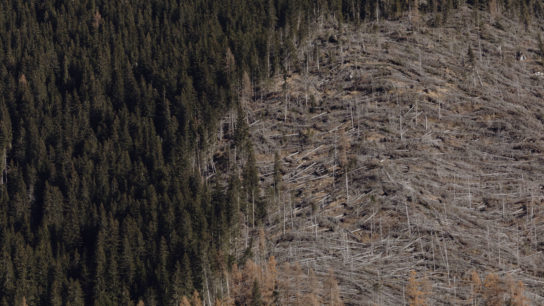The cost of polluting in the EU has risen, as the carbon price hit a record high of above €31 a tonne last week, surpassing a point last reached in 2006. This has been seen as a “landmark moment” for the EU’s efforts to mitigate emissions.
—
What is Happening?
- The EU Emissions Trading System (EU ETS) trades credits for releasing a tonne of carbon. Heavily polluting industries and power plants are allocated a set number of allowances each year that they can sell if they lower their own emissions, or buy if they pollute more than expected. Covering around 40% of the EU’s greenhouse gas emissions, the EU ETS is the world’s first major carbon market and remains the biggest one.
- The cost of carbon allowances rose based on expectations that the EU would set tougher targets for cutting emissions (EU leaders reached an agreement last Friday to reduce the bloc’s collective greenhouse gas emissions by 55% below 1990 levels by 2030, after the bloc failed to agree to reduce emissions by a less ambitious 40% by 2030 in October).
You might also like: The Fossil Fuel Industry’s Influence on Environmental Journalism
Mark Lewis, chief sustainability strategist at BNP Paribas Asset Management, said the new highs marked a “landmark moment for the EU ETS,” adding, “This is a make-or-break decade in the battle to prevent catastrophic and irreversible climate change.”
He continues, “The European market has just put down a marker for the 10 years to come: the space left in the atmosphere for further concentrations of carbon dioxide is the ultimate scarce resource, and it needs to be priced accordingly.”
- Price increases in credits have made coal increasingly uncompetitive against natural gas, which releases about half as much carbon when burnt. Further, renewable energy such as wind and solar power has also made up a bigger chunk of total supplies of power as costs have fallen and countries have added more capacity.
- As part of this bolstered emissions goal, the European Commission will next June propose a reform of the ETS to expand its scope to the maritime industry and phase out free allowances given to the airline sector over 10 years ago.
- Analysts have expressed hope that the carbon price will eventually rise above €50 a tonne or more, especially if the EU wants to make alternative fuels such as hydrogen viable competitors for natural gas.
Featured image by: Flickr

















